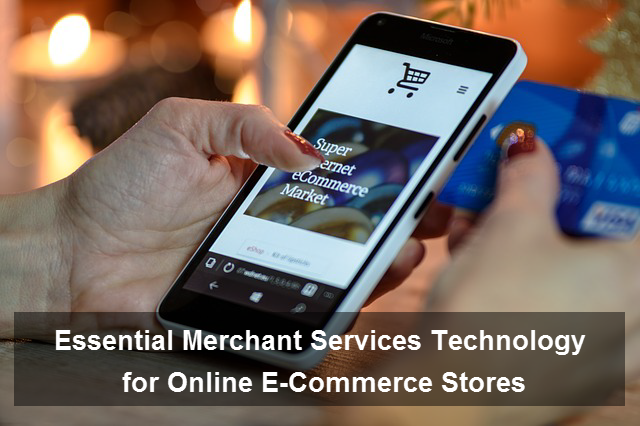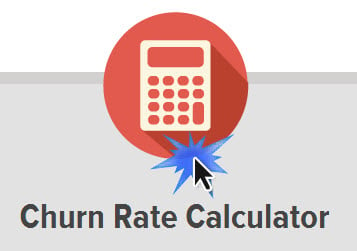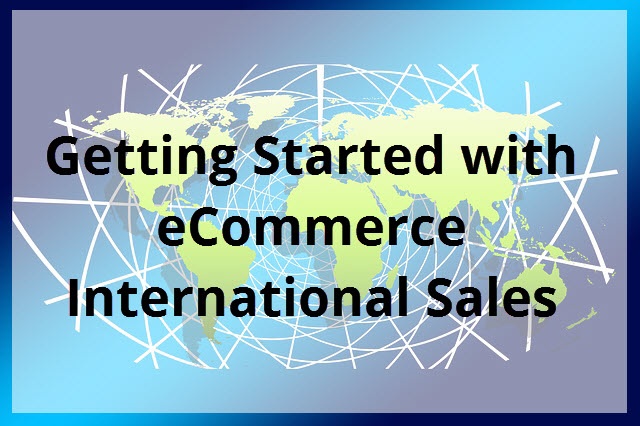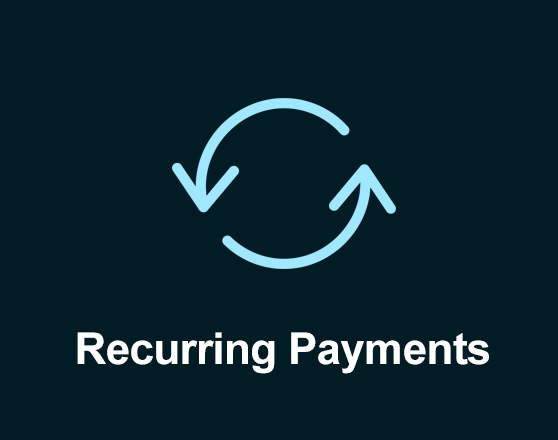Selling online is a wonderful way for companies, small and large alike, to become more successful. They can appeal to new customers, advertise their products more widely and even cut down on costs. Some owners don't want to create their own website or wish to sell on a more established platform. This is where Amazon comes in to play.
Amazon's Marketplace service is a convenient way for small- and medium-sized businesses to advertise and sell their goods. They can even choose for their orders to be fulfilled by Amazon. When half of all items sold on the website are from third-party sellers, it can seem like a great way to put your name in front of an established consumer base.
While this is certainly true, it seems as though Marketplace has just as many cons as it does pros. Let's take a moment to run through them so you can get an idea of what it's like to sell on Amazon.






